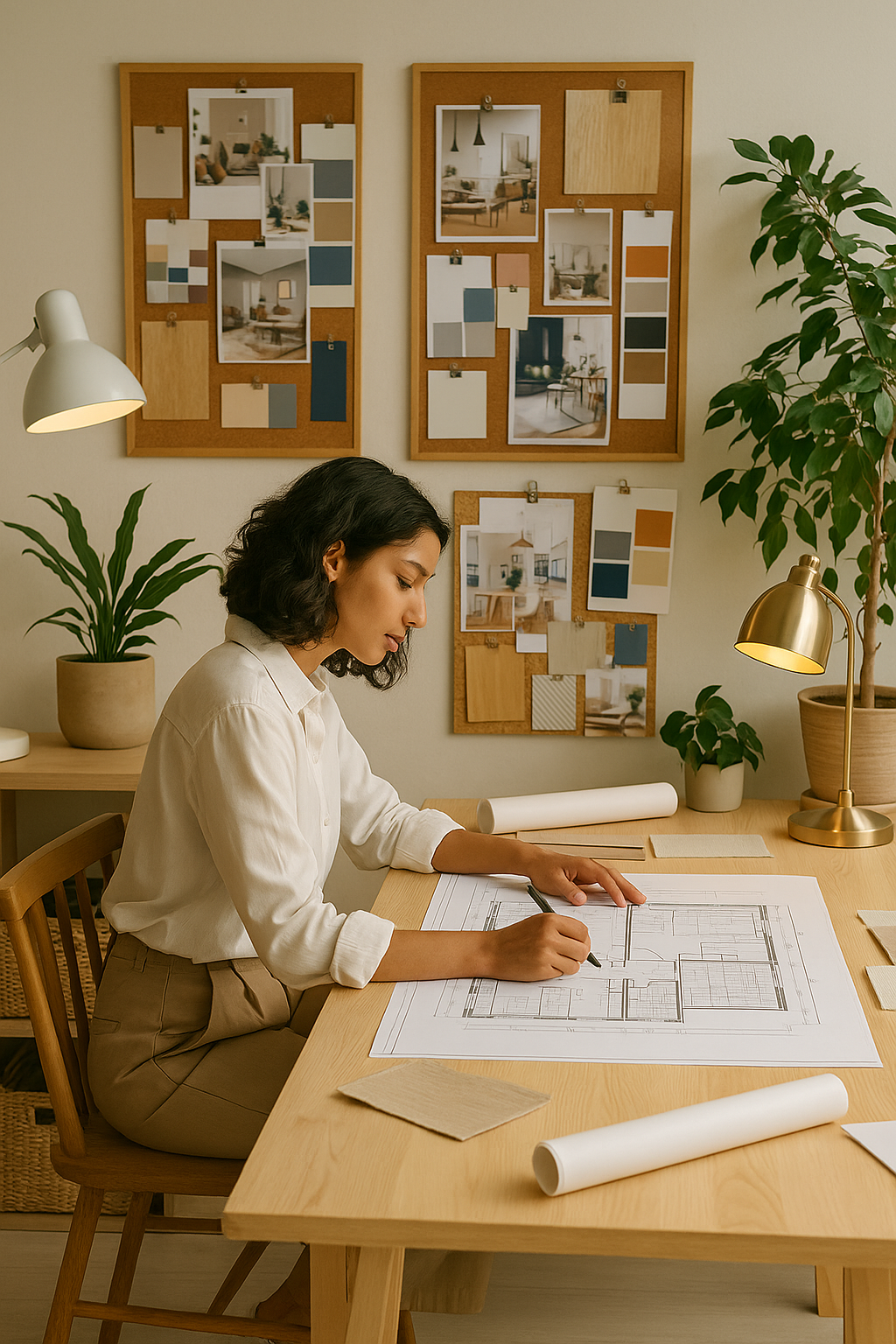One of our Academy’s esteemed tutor’s Joana Lobato recently visited an Interior Design fair in a stunning old palace in Lisbon, Portugal. While the exhibitors and speakers were a fascinating mix of creativity and innovation, it was the ‘Metamorphosis’ theme that spoke loudest to Joana.
Metamorphosis is the process of an organism’s profound transformation during a life cycle. But the very term itself has metamorphosised and can be applied to many changes, including the process of a design idea from birth to finish.
Design must incorporate function and style but today, we have new challenges and in order to maintain, and sustain, we must adjust our approach.

A both refreshing and reassuring observation Joana took away from the ‘Homeing’ exhibition in Lisbon, was how the industry is adapting.
Many companies are now focussed on the production of environmentally responsible products and designs.
These new approaches are confronting environmental damage by moving towards the use of sustainable materials and processes. While is it a challenge, it is a necessary adjustment and is leading to new techniques and languages that are emerging from suppliers and manufacturers of furniture, fabrics, tiles, wallpaper, bathroom equipment, tapestry, lighting, and accessories.
Be Aware
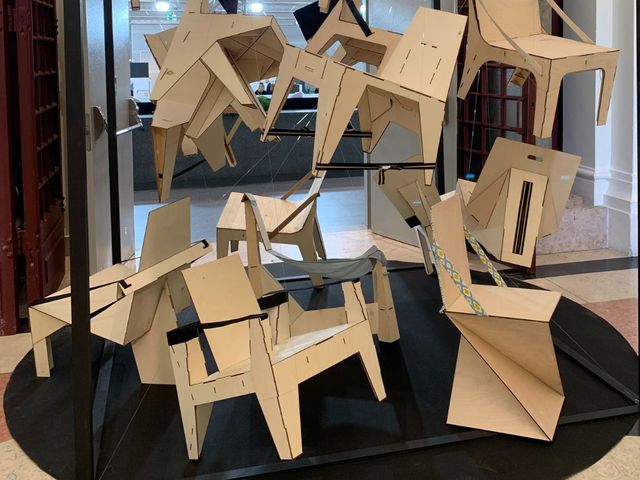
Sustainable installation created by students from the Fine Arts Academy of Lisbon.
Here are some options that can help a designer be kind to the planet.
Wallpaper – look out for sand, leaves, cork, wood and natural fibres, water-based pigment inks and vegetable dyes. Fast growing natural materials and renewable fibres like jute, hemp, and reed that dismiss the use of pesticides and fertilizers to grow. Also, biodegradable Grasscloth. Wallpaper can now be self-adhesive, removable with water and repositioned, which complies with the efforts for a more sustainable practice.
Furniture – sustainable sources of wood, zero-VOC (Volatile Organic Compounds) stains and recycled steel springs are also current practices. Upcycling and repair programs plus the second-hand market are great options for interesting and responsible furniture.
Kitchens - kitchen islands are available made with sustainable rubberwood with stools from mango wood, after the trees have been harvested.
Be aware of the stamp of the Leadership in Energy and Environmental Design (LEED) credits or certification by the Programme for the Endorsement of Forest Certification (PEFC) or FSC.
Brands
The exhibitors that caught Joana’s attention were from brands that are not only are making efforts to present eco-friendly products and materials but, they are in effect presenting new textures, patterns, and aesthetics.
It is important for a designer to become familiar with brands as they build a portfolio of suppliers. The following are just a few brands that were spotted at the Homeing exhibition and are valuable additions to any environmentally friendly portfolio.
Fabrics:
Henriques & Rodrigues are importing from brands who make textiles and fabrics from recycled materials and wallpaper without the use of PVC (petroleum based chemical) and without compromising on quality or durability. The patterns feel endless and so is the colour palette they offer for upholstery or drapery.
BN Walls have partnered with designer Stefan Scholten to create contemporary, fresh patterns.
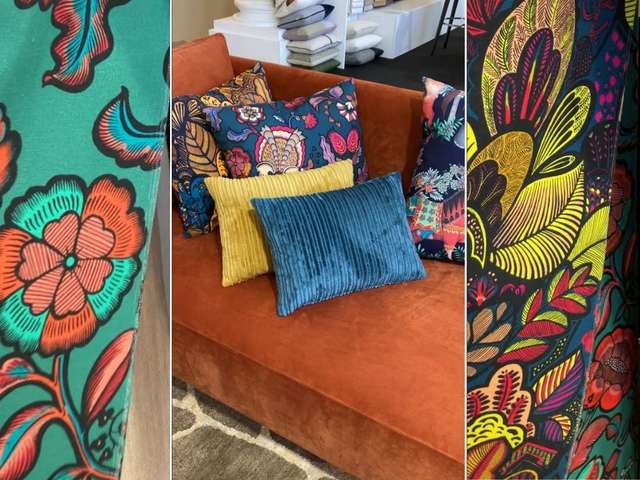
Henriques & Rodrigues, Stefan Scholten.
Textiles:
Atemporal creates ethical homes by using not only cotton and linen organic fabrics, but they also use water-based materials to create sofa and chair fillings. With a Scandinavian style feel to their products, Interior Designers can propose a more eco-conscious choice for their clients have a collection of rugs and carpets that produce zero waste without compromising on style.
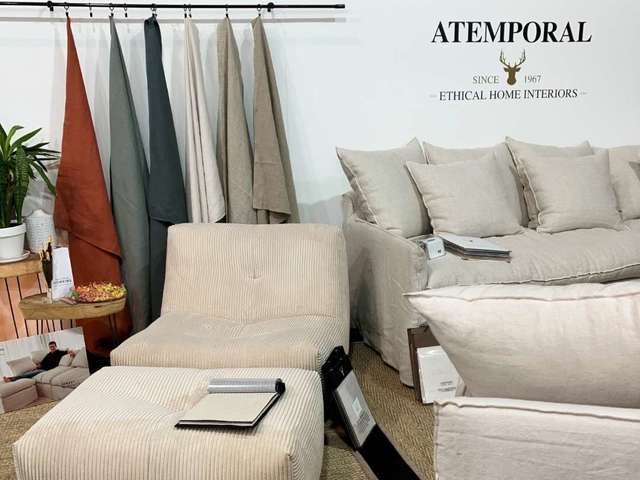
Lusotufo has a collection of rugs and carpets that produce zero waste without compromising on style.
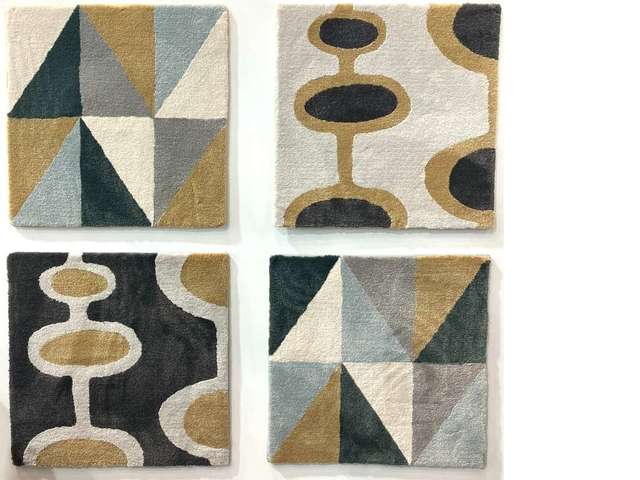
Also present were:
Clarke & Clarke are a British brand who use bright textiles for pillows, upholstery, and curtains.
Dedar, Phillip Jeffries, Villa Nova, Muoto and Kirkby Design also exhibited in the same highly creative stand.
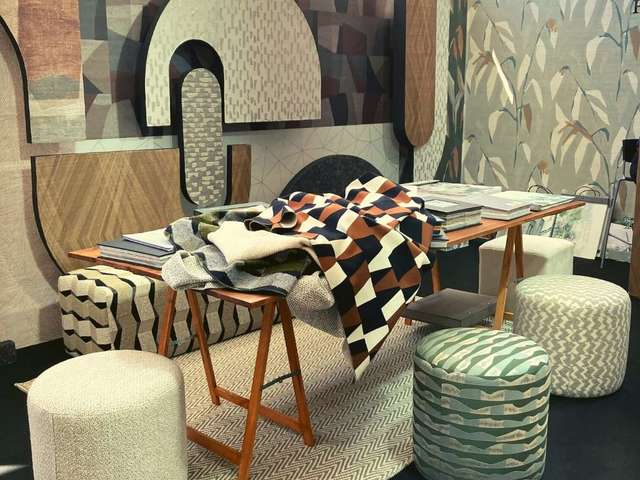
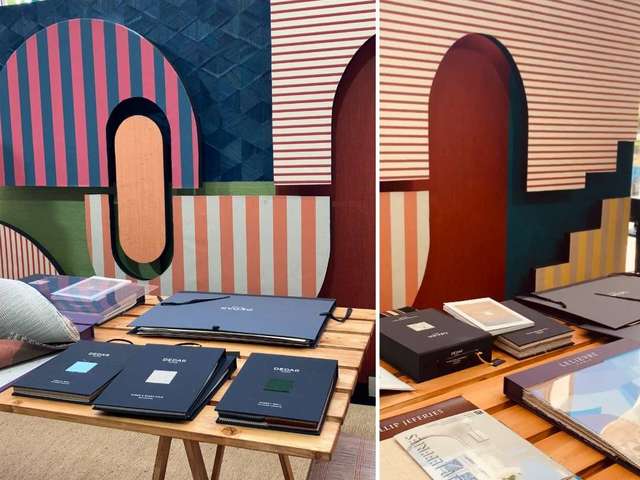
Lighting:
Aromas presented a new collection while maintaining the original premise of this brand, creating intemporal pieces with contemporary lines and materials.
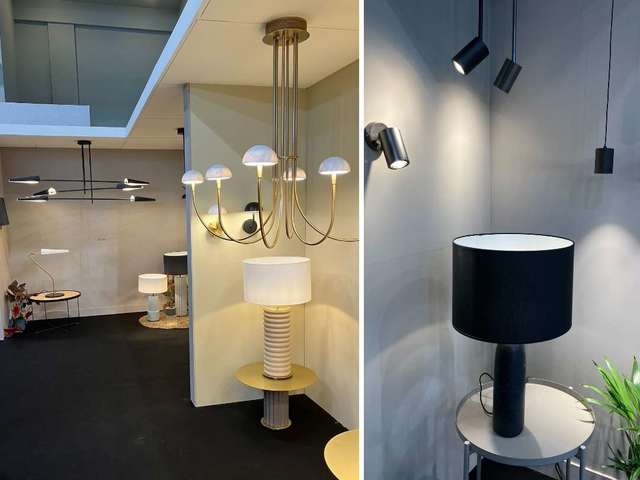
Accessories:
Pombo designs and creates original bathroom accessories that can be customized. Black and matt options are available, along with different shades of brass, gold, and silver tones. Their products are partially handmade, and their design can truly transform bathrooms
Azulima offers a wide range of “mosaico hidráulico” (hydraulic mosaic tiles) which is a Mediterranean tile that is still produced by hand. They create
and original spaces, and they can be customized.
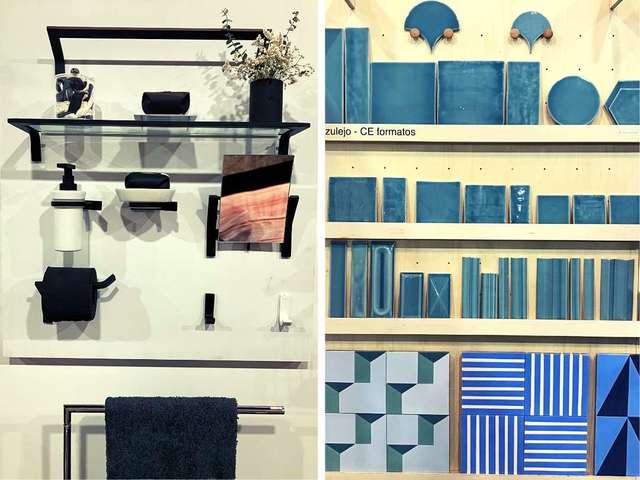
Pladec has produced creative acoustic panels to cover walls for interesting and fun commercial and hospitality spaces. Sound can be controlled but the aesthetic does not need to be compromised.
Sancovedras has a range of skirtings, ceiling mouldings and skirtings for refurbishment projects, matching classic but also contemporary styles.
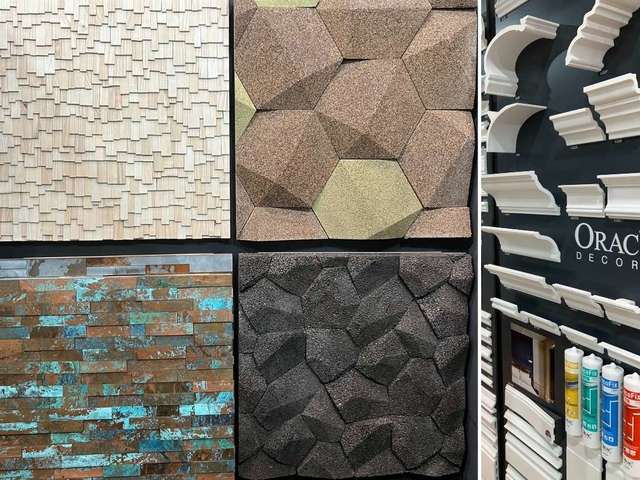
Positive Change
Just like a caterpillar becomes a butterfly, the metamorphosis of a design involves evolving into something new, but how can we do this without filling the planet with waste. Ana Mestre, product designer and researcher discussed the circular nature of an economy and how product quality is vital. The longer a resource is in use, the greater the reduction of waste. She encourages designers to adopt new transformative methods to give a design or a product, a second life.
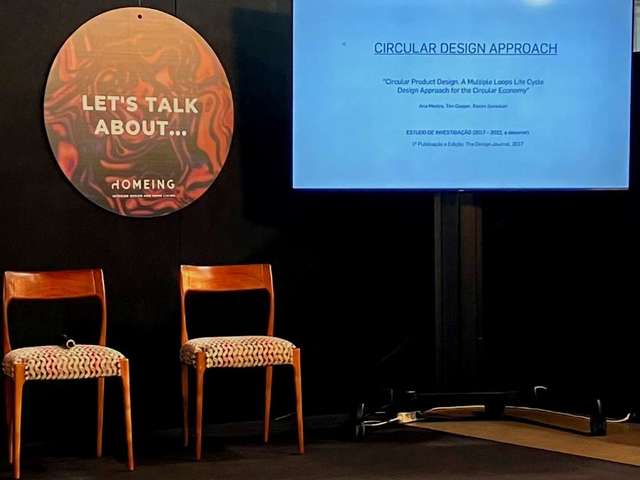
The European green deal and circular economy policies should be considered when designing new products but not just in terms of methods of production, but transportation and delivery are also key factors. For example, using electric vehicles, as well as sourcing local raw materials can improve the ecological footprint.
Certified B Corp companies such as GOODEE’s and PET are pioneering change by using materials produced with 100% recycled plastic bottles. Additionally, some brands make donations to support the sustainable industry and further ongoing investigation.
The Interior Design sector, like many industries globally, are faced with a responsibility to address and embrace the changes that are necessary to keep the planet alive. Form and function have always been at odds, but an injection of environmental and sustainable ethics can only prove to push the boundaries of creativity in a positive direction!
Read more about interior design.
Whether you are looking to learn the fundamentals, change career or start your own interior design business, we have the right course for you

